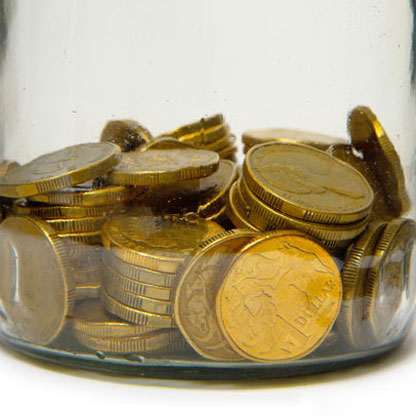When trying to teach kids about the value of compound interest – or the time value of money – one possible place to start is with a small number of marshmallows.
The 'marshmallow test'
In the late 1960s, Stanford University psychologist, Walter Mischel ran a series of delayed gratification tests on a total of 653 three to five year-olds. One well-known example was the marshmallow test, whereby each preschool child was left alone in a room with one marshmallow and a promise that if they could refrain from eating the sweet until the researcher returned, they would receive another one. The focus of the test was on the ability of the children to exercise restraint, but it could also work as a good lesson in how compound interest works.
What is compound interest?
Put simply, compound interest is when you earn interest on both the money you've saved and the interest you’ve already earned.
Kids can earn compound interest by simply keeping their initial deposit and any interest earned on it in their savings account.
The earlier your child begins to save, the more compound interest they'll earn. So, for example, if they deposit $100 into a savings account which pays interest annually at a rate of 4% p.a., at the end of year 1, they’ll have $104. During year 2, they’ll earn interest on a balance of $104 – which means they’ll be earning interest on both their initial deposit plus the interest the deposit has already earned.
Teaching kids about interest
The example above might be beyond young kids, but there are plenty of fun compound interest lessons you might try with them. An easy step-by-step example is:
- Give your child a small sweet (or marshmallow). Ask them how long they think they could save it for, before eating it. Offer to give them an additional sweet for each day that they can keep their sweets uneaten. This helps children understand the concept of reward for saving.
- Then perhaps expand the lesson with coins. Give an initial small amount of money to your child (perhaps 50 cents) and offer to add to the amount each day for as many days as your child can continue to save. Gradually increase the daily amount that you provide (for example, 10 cents, then 15, then 20) to mimic compound earnings.
- Explain that money in the bank earns interest. Once your child has practiced 'saving' their sweets and has grasped the concept of earning more by saving more, you can explain that money invested in a savings account works in a similar way – that the earlier they save, the more compound interest they can earn.




